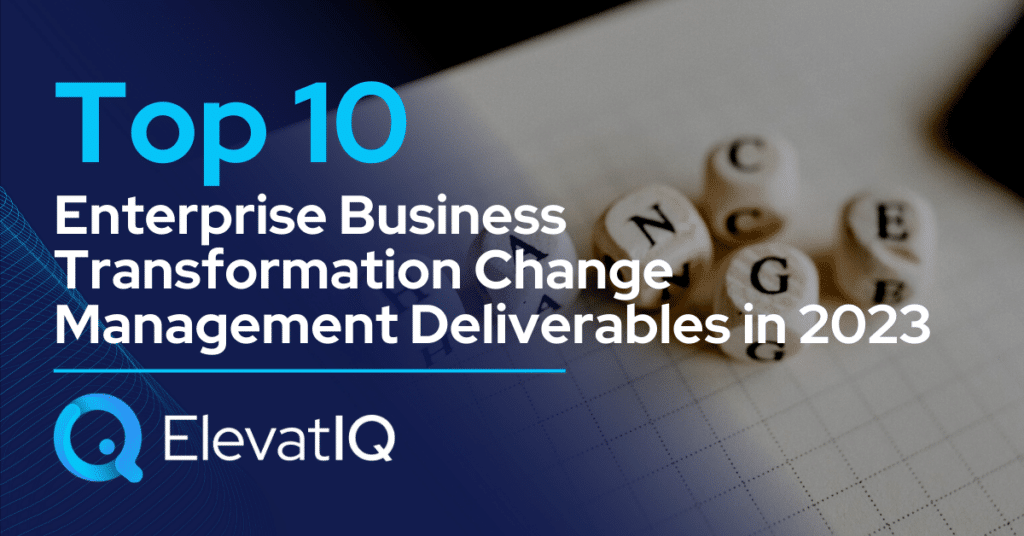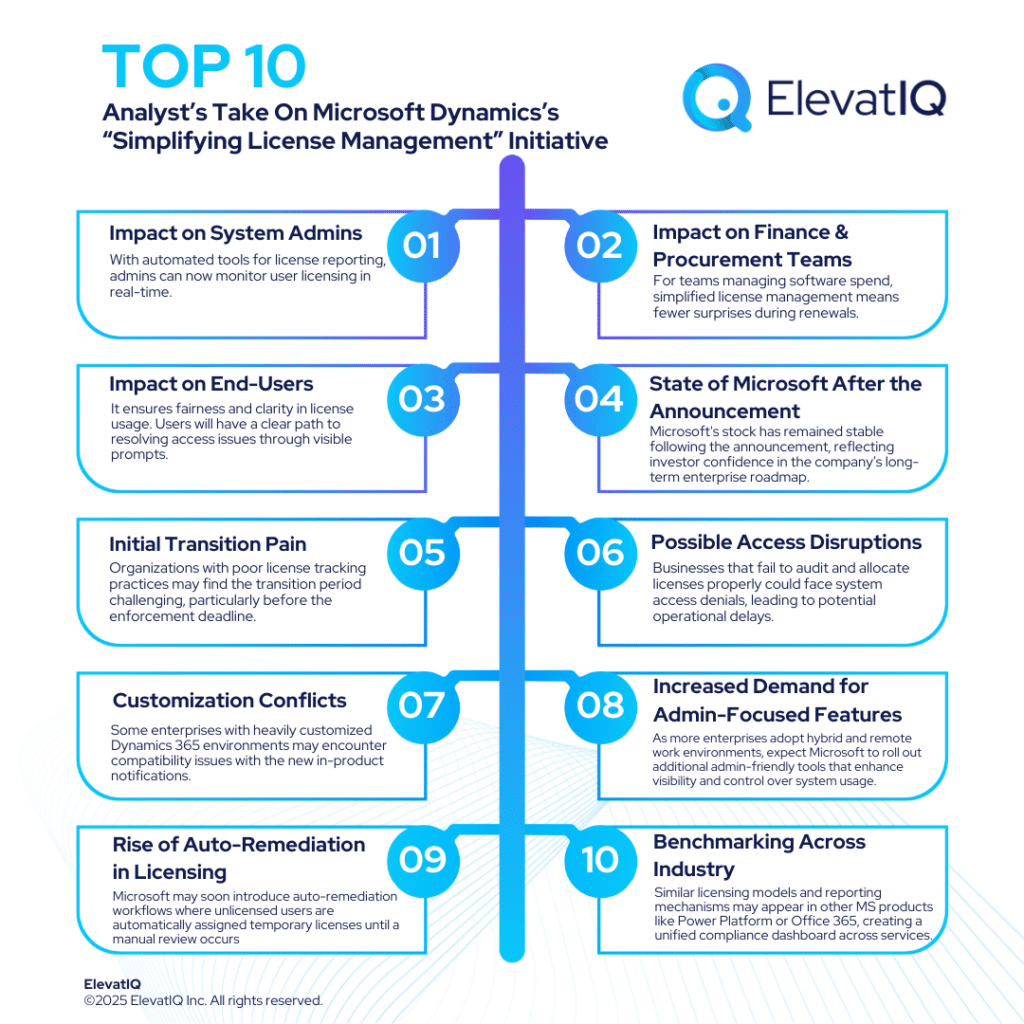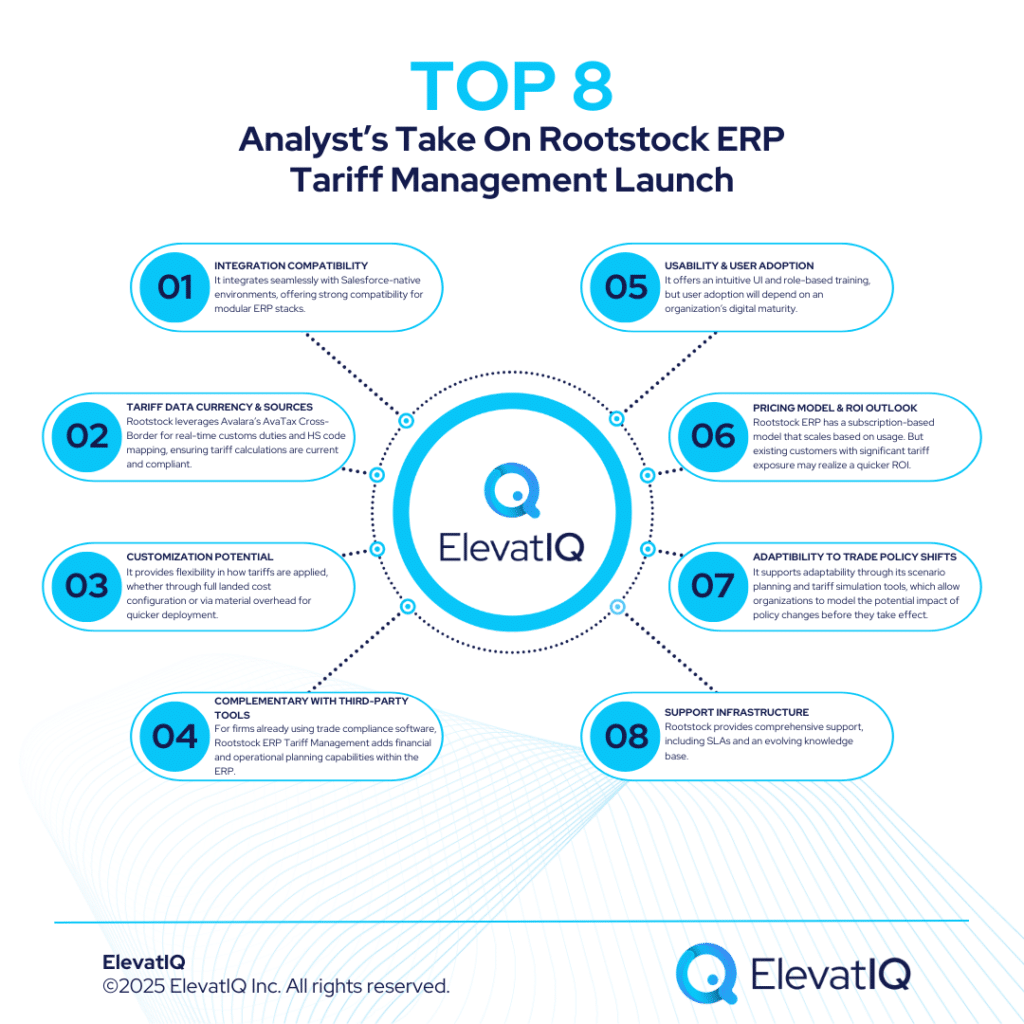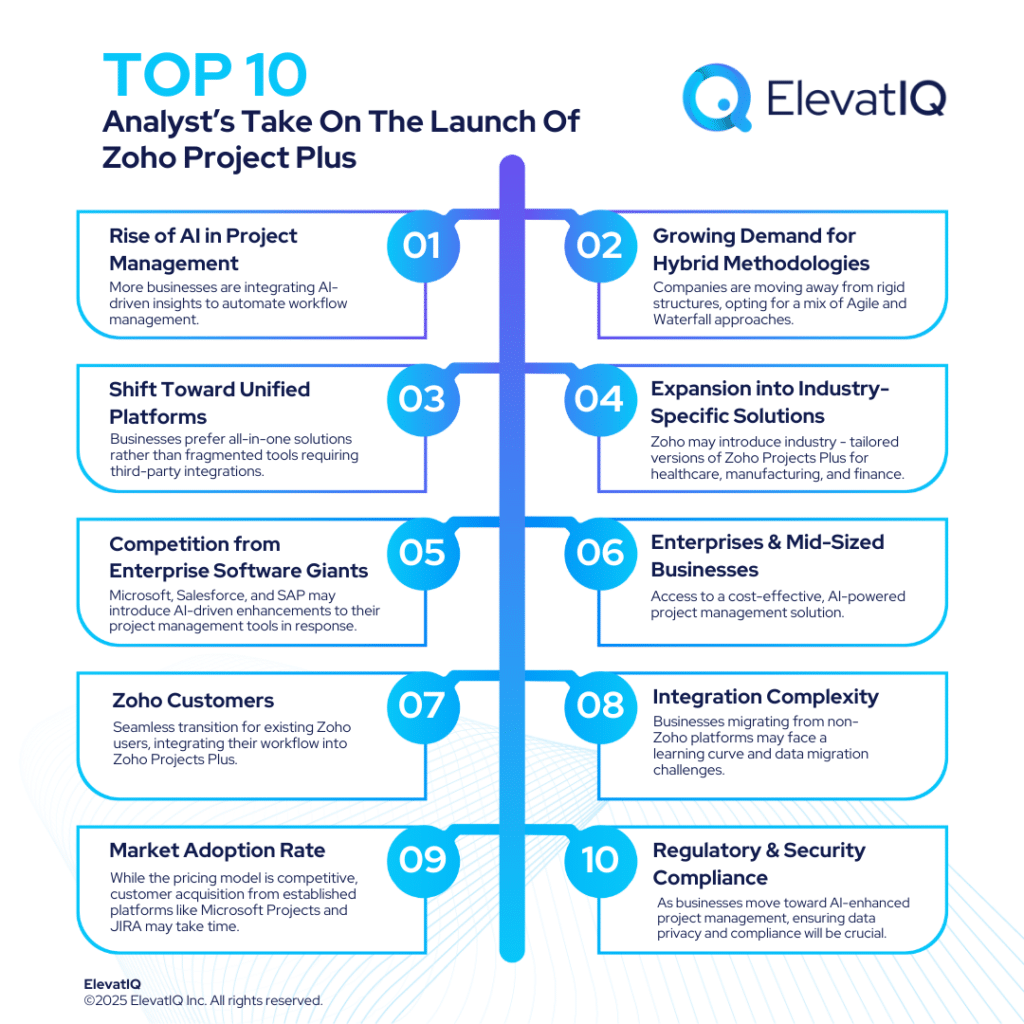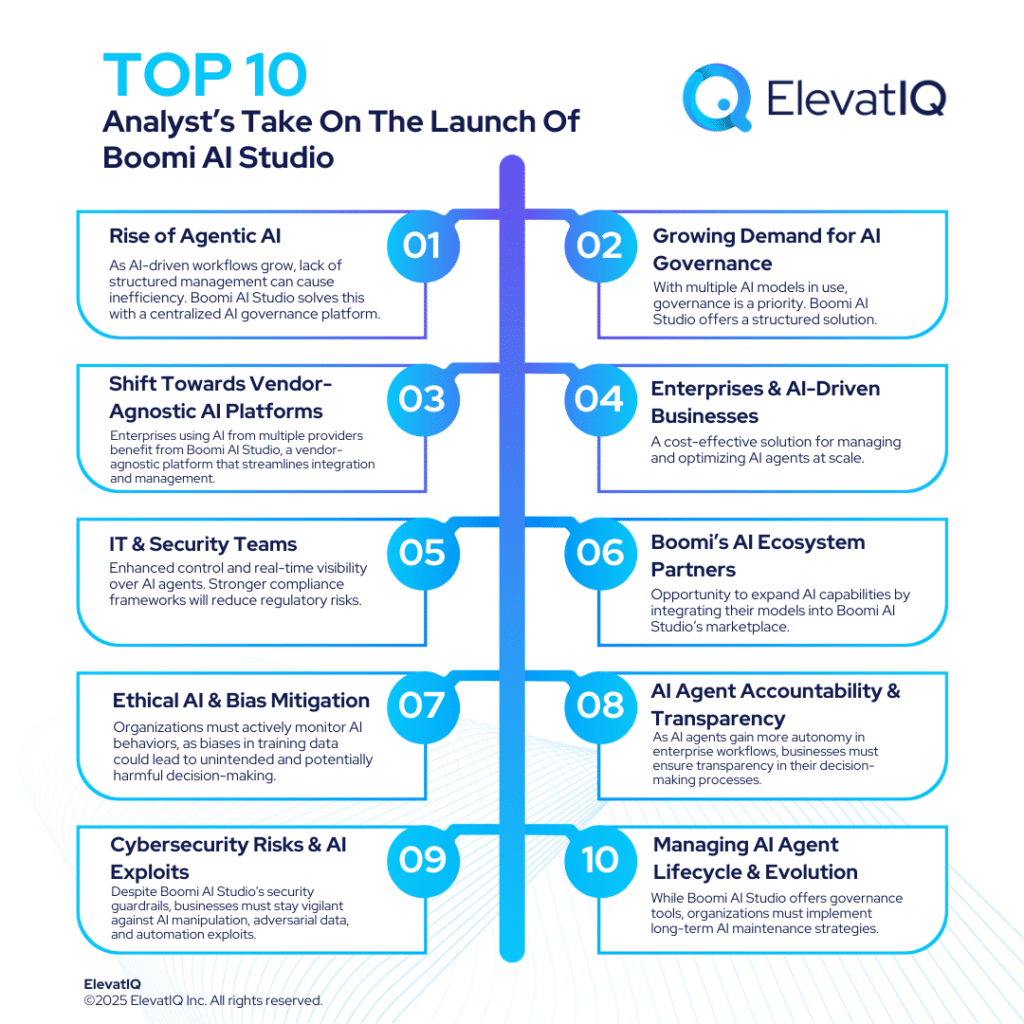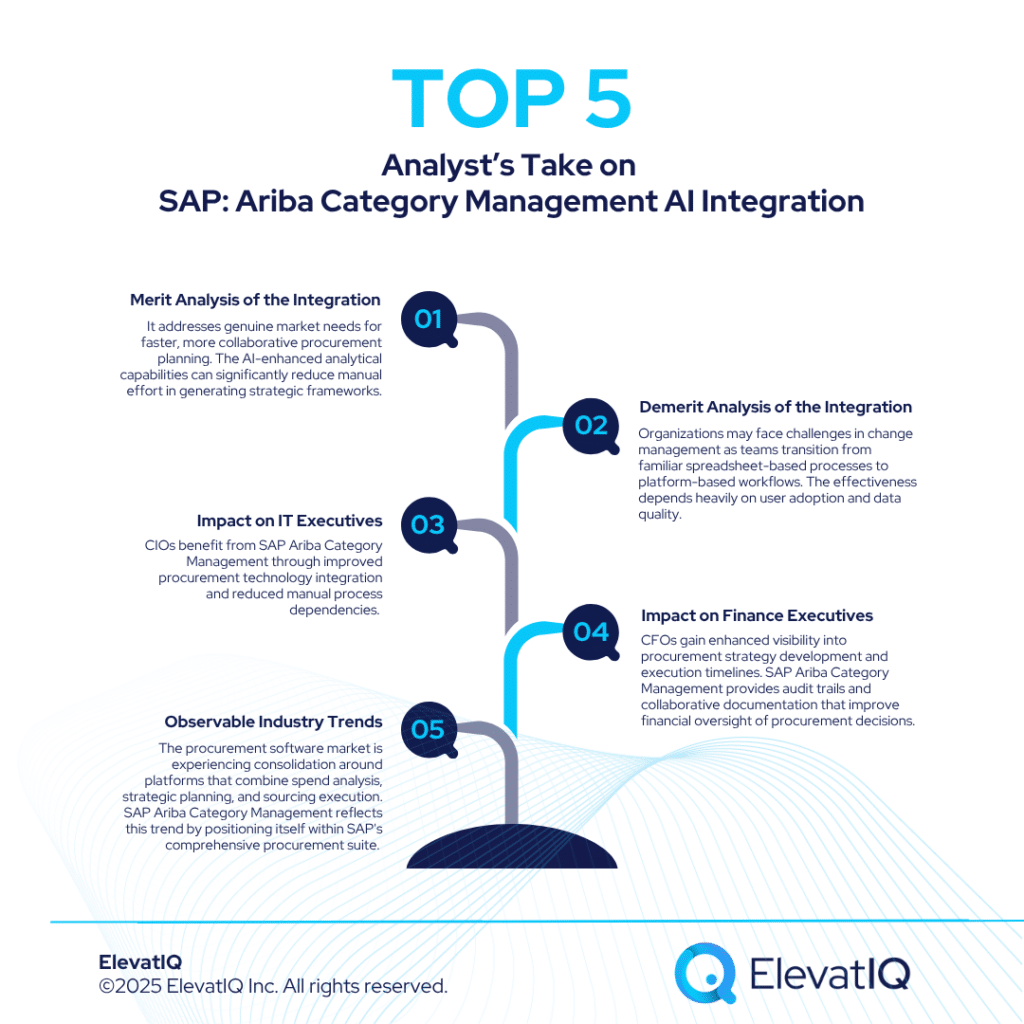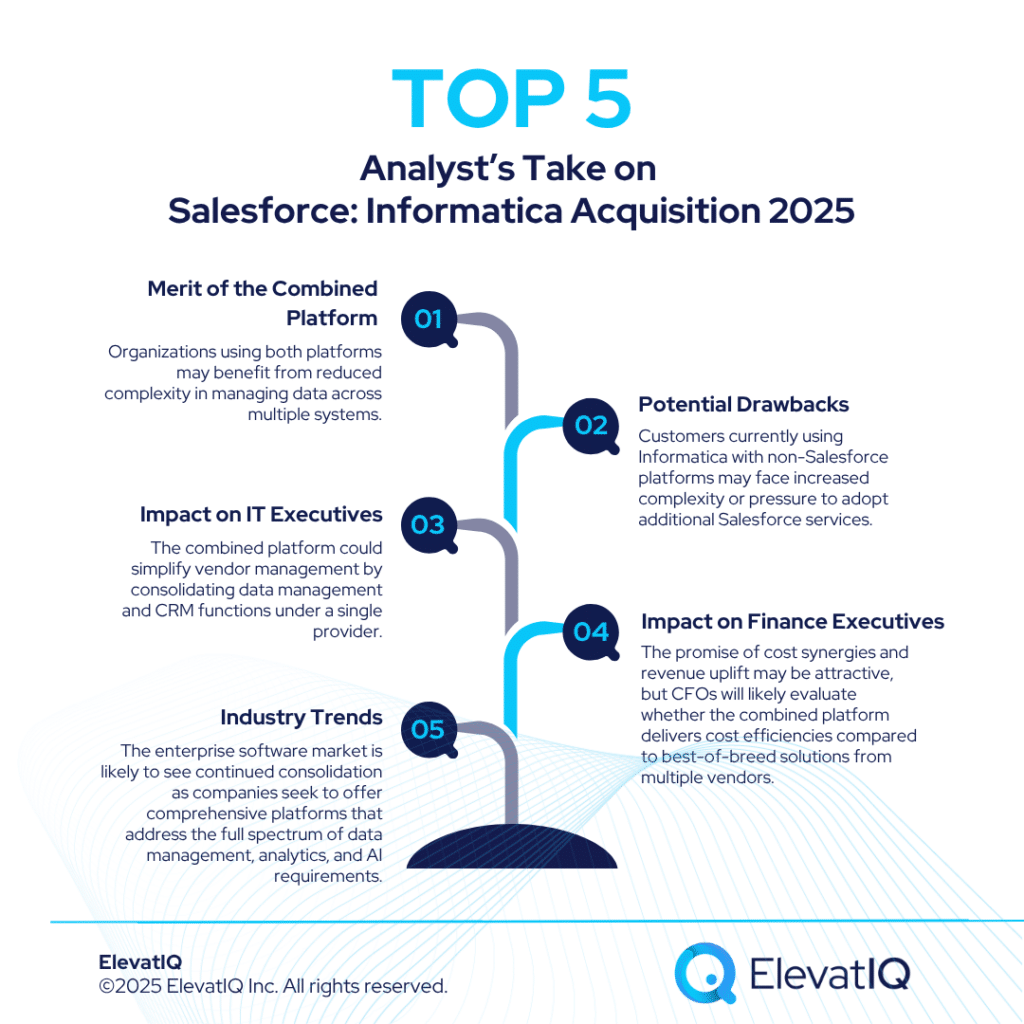Last Updated on March 10, 2024 by Sam Gupta
No two change management projects are the same. Each project has its own nuances, thus requiring a different level of subject matter expertise. While change management is often thought of as a function to support the business users’ needs, it’s more than that. Why? Because enterprise business transformation initiatives typically result in substantial refactoring of the customer- and vendor-centric processes. So, you need to have a plan, as well as change management deliverables, in place to avoid disruptions.
The impact on the customer and vendor processes might be so intense that each change impact could be a project in itself. Not only do you need to understand the financial implications, but you might need to sequence it with other corporate priorities, making it harder to schedule. In general, the changes could be as simple as rewiring the process of how you pack your goods. Or as impactful as changing the lot number scheme printed on the packaging.
And if the other departments might not be willing to concede to the necessary changes, it might complicate the technical implementation. So communicating and making business users understand the importance of these changes is vital for the overall health of the project. In fact, external communication could be even trickier and might require a “marketing touch” to your communication. Without it, the customers and vendors might choose to ignore it. Regardless of whether you use an industry-recognized framework or build one of your own, you need at least the following change management deliverables. Because they can help you stay organized with the change management aspect of your ERP implementation.
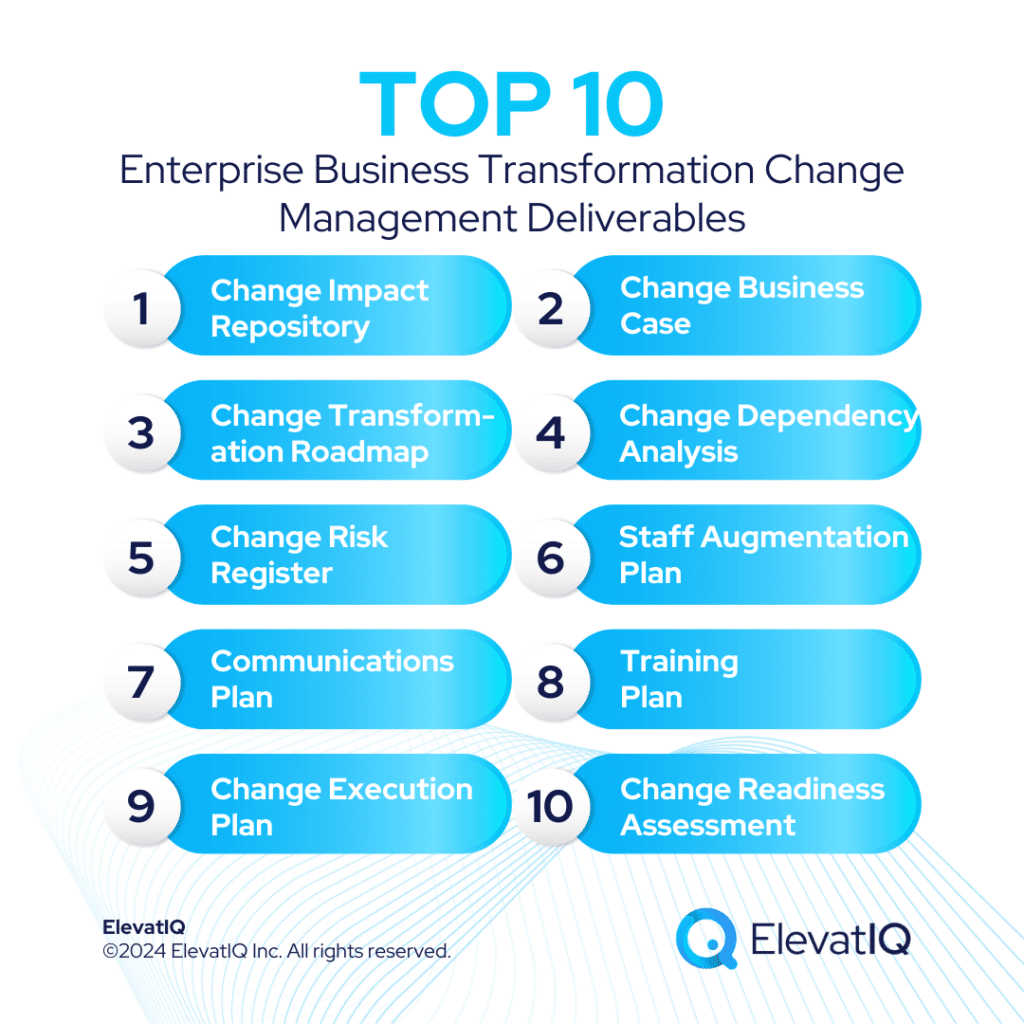
1. Change Impact Repository
Think of a change impact repository of the list of all change-related items identified in one place with the stakeholder map, in how their processes will be impacted because of each change item. It also helps in staying organized and keeping track of each item.
In summary, this database is the bird-eye view of each change as you collaborate with each stakeholder to understand the impact of each change.
2. Change Business Case
The purpose of a change business case is to understand the financial implications of each change item. The impact could be on user and customer experience, branding, or market share. The changes, such as changing the lot number, might require printing the new packaging and shipping to each vendor.

You might also need to align with the planning for the old packaging, which might eat up the costs that might be sitting on the vendor’s shelves as they might not be able to use the old packaging.
All of these factors will drive the costs, impacting the costs of your business transformation initiatives. The change business case would lead to the decision-making of specific change ideas that are feasible, and that can be explored further.
3. Change Transformation Roadmap
The purpose of change transformation is to create a detailed roadmap of change items. Each of which may have their own roadmap, depending upon the size of the change. It will include a high-level analysis of each accepted change that needs to be aligned with the technical implementation.
4. Change Program Dependency Analysis
The dependency analysis helps understand the relationships between different programs and how they need to be sequenced to ensure their timely execution.

5. Change Risk, Compliance, and Mitigation Strategies
Each change item may have its own risks, and the appropriate compliance and migration strategies need to be identified. The risks could be internal or external, technical or business. For example, what if the vendors don’t agree with the ASN process, would that result in finding new vendors or moving to the ones that are able to comply with the requirements?

6. Staff Augmentation Plan
Depending upon the size of the new change, new resources might be required. This plan would include everything that is required to hire and onboard these resources.
7. Communications Plan
The purpose of the communication plan is to build a comprehensive strategy, including channels, touchpoints, messaging, personas, and stakeholders’ journeys.
8. Training Plan
The purpose of the training plan is to capture each of the personas and identify their unique training needs. So this could include as-is and to-be workflows for each user to make sure they are completely aligned with the new process. As well as cheat sheets to ease the transition. Not to mention any other training aids they might need to avoid disruptions and ensure data and process integrity.
9. Change Execution Plan
The purpose of the change execution plan is to have a detailed plan about how the change items will be executed. The activities captured as part of the change execution plan might be out of the scope of the digital plan. But since there will be cost and schedule dependencies, this plan is essential.

10. Change Readiness Assessment
The purpose of change readiness assessment is to understand if the organization is ready to change. It answers the questions such as, has the training been effective? Do they understand the to-be process state? Have they been testing seriously? Are they comfortable with the new systems or processes? This assessment will determine if they are ready to go live or would they need more training.

Final Words
Change management is an essential ingredient for a successful ERP implementation. But getting a budget approved for change management is easier said than done. Most initiatives that struggle to get approval don’t have a clear strategy, milestones, and deliverables defined, making it challenging for executives to assess the ROI.
This list will not only help provide structure for your change management initiatives. But it will also help avoid disruptions. If nothing else, this list can provide you with a good starting point for your change strategy.


